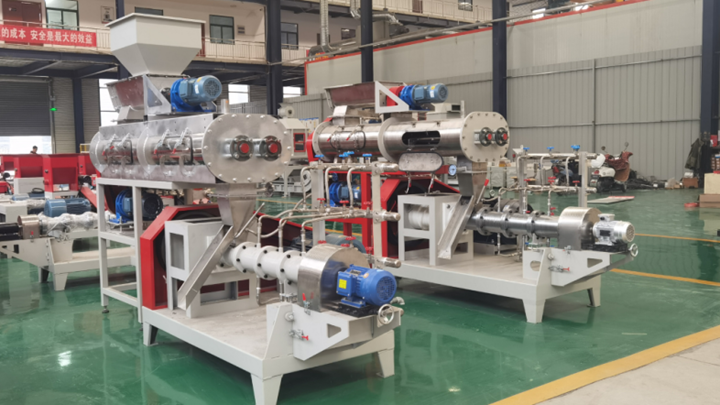.jpg)
If the pond is to be fertilized, it should be stocked at a ratio of 1000 bream to 100 largemouth bass per acre. If the pond will not be fertilized, it should be stocked at a ratio of 500 bream and 50 largemouth bass per acre. The bream species stocked are a ratio of 3:1 bluegill to shellcracker.

Our goal is to develop a new largemouth bass fingerling production system/strategy that will employ "out-of-season" fall spawning of largemouth bass in raceways, followed by winter feed-training and the on-growing of advanced fingerlings indoors. The research outlined in this proposal includes three main objectives: Objective 1.

Here are the basic steps to follow to start a profitable fish farming business: 1. Choose the Type of Fish for Farming. The first thing you must consider while starting fish farming is the type of fish you are going to produce. Below find the most popular types of fish farming business ideas that are presently fetching good returns.

The production of largemouth bass fry follows well establish procedures dating back to the 1930s. Largemouth bass are usually pond spawned and do not require hormone or photoperiod manipulations. Broodfish of greater than or equal to 2 years of age and 1.5 pounds in weight are stocked into 0.5-1 acre spawning ponds at 50 brood pair per acre

Jul 25, 2016 · This article describes the common fish species that are most suitable for use in small farm ponds in Pennsylvania. Bass and Bluegill. Bass and bluegill are by far the most popular and successful combination of fishes in Pennsylvania ponds. Either smallmouth or largemouth bass are suitable although largemouth bass are the more common choice.
.jpg)
Aug 26, 2019 · Largemouth bass (LMB) are cultured for food fish and pond stocking. They can bring prices as high at $6.00 per pound (live weight) for the grower and can be grown at a wide range of temperatures. Some states (e.g., New York and Mississippi) prohibit LMB sales (probably because they believe that sales would encourage illegal capture and sale of wild bass), so make sure that your state allows their culture and sale.

Oct 10, 2018 · As with any new environment, consider the size of the pond and the size of the fish species you want to stock before you visit a fish hatchery. If you have at least a 1-acre farm pond, there are three species of fish that do best in this size body of water: bass, bluegill, and catfish. Bass, especially largemouth bass, are a sizeable fish and
.jpg)
Purina. AquaMax. Sport Fish Largemouth. 100% nutritionally complete and was developed by professional nutritionists and fish experts. Formulated as an easily-digestible, high-energy, nutrient-dense diet with excellent conversion rates, Sport Fish Largemouth has high feed efficiency and rate of gain and is designed to stimulate aggressive

Largemouth bass like standing or impounded waters and avoid strong water currents. Many Iowa waters support largemouth bass, including man-made lakes, rivers, federal reservoirs and natural lakes. Largemouth bass stay in deeper water in the spring, before spawning. They move closer to spawning areas as the water warms to about 55 degrees.
.jpg)
Mar 10, 2016 · By Scott Brown, Southern Sportsman Aquatics and Land Management. Largemouth bass are the most sought after fish in the country.The majority of landowners want BIG bass and lots of them to catch!To obtain quality/trophy size largemouth bass, numbers of bass must be reduced and forage present must be increased.The size your bass grow, will max out based on length of growing season, genetics, habitat and available food.Some of these factors you cannot manipulate and some you can.Every waterbody

Bass are stressed at a DO level of 5, especially in warm water. They do best in water near saturation levels of 8-9 ppm, especially in water temperatures between 70° and 80°F. This DO requirement is a primary reason largemouth are often found in water less than 20 feet deep. Water collects oxygen from exposure to the air and as a byproduct of

Nov 24, 2006 · Figure 2. As the abundance of largemouth bass increased in a series of South Dakota ponds, the percent of largemouth bass that exceeded 12 inches declined. Figure 3. As largemouth bass biomass (pounds per acre) increases in a pond, there is more competition for available food. As a result, largemouth bass growth slows and fewer fish reach large
.jpg)
Feb 15, 2022 · Generally, the average growth per year is about 1lb, varying slightly based on each of these factors. Southern bass grow much more rapidly than the northern species, as warmer temperatures allow for longer feeding seasons and prevent the need for dormancy. As is the case with most fish, largemouth bass will continue growing as long as ample

density bass ponds and from 442 to 840 kg/ha in high density bass ponds (Table 2). Numbers and biomass of unexploited tilapia were comparatively larger in low density bass ponds than in high density ponds (Table 2). In addition to many big juveniles, ponds stocked with bass densities at or below 494/ha had several kg of tilapia fry (819/kg).

The male largemouth bass constructs a saucer-shaped nest at a depth of 2 to 10 feet. One or more females will deposit 5,000 to 150,000 eggs over the nest while the male fertilizes them. The eggs are guarded and fanned by the male until they hatch in 3 to 4 days. The male continues to guard the fry until they disperse several weeks after hatching.